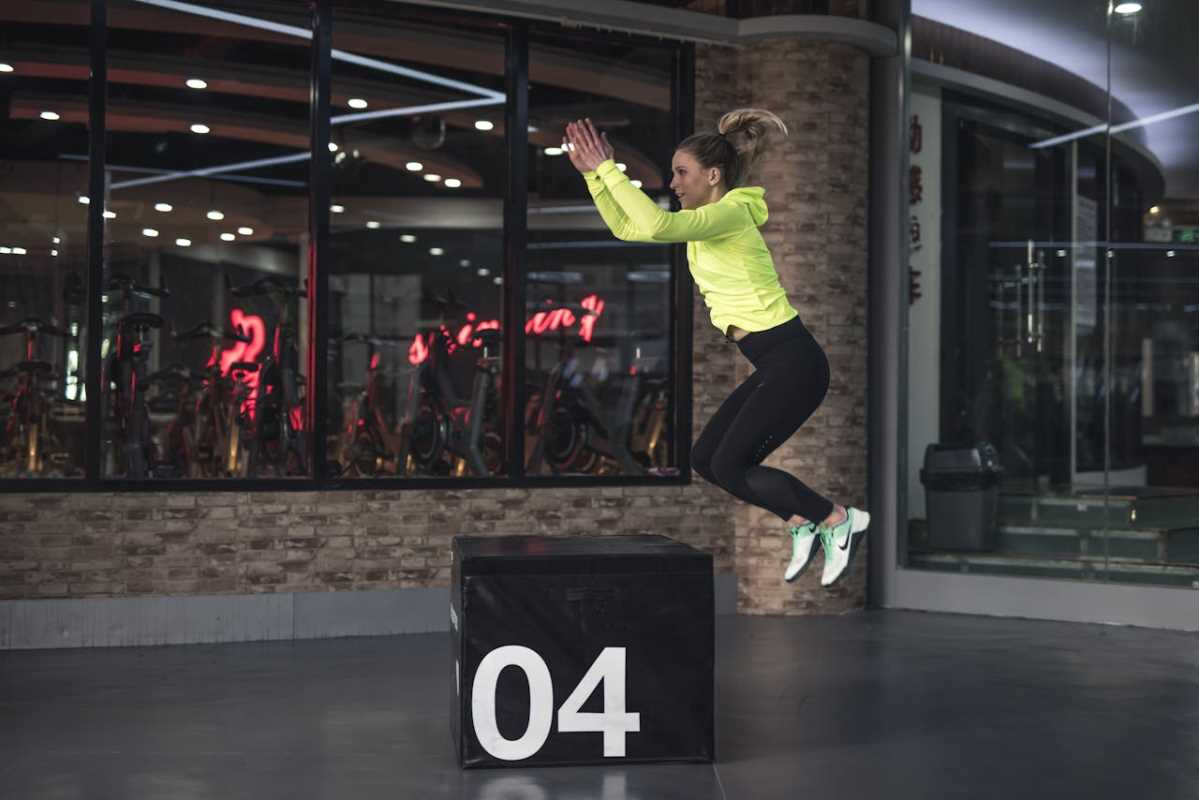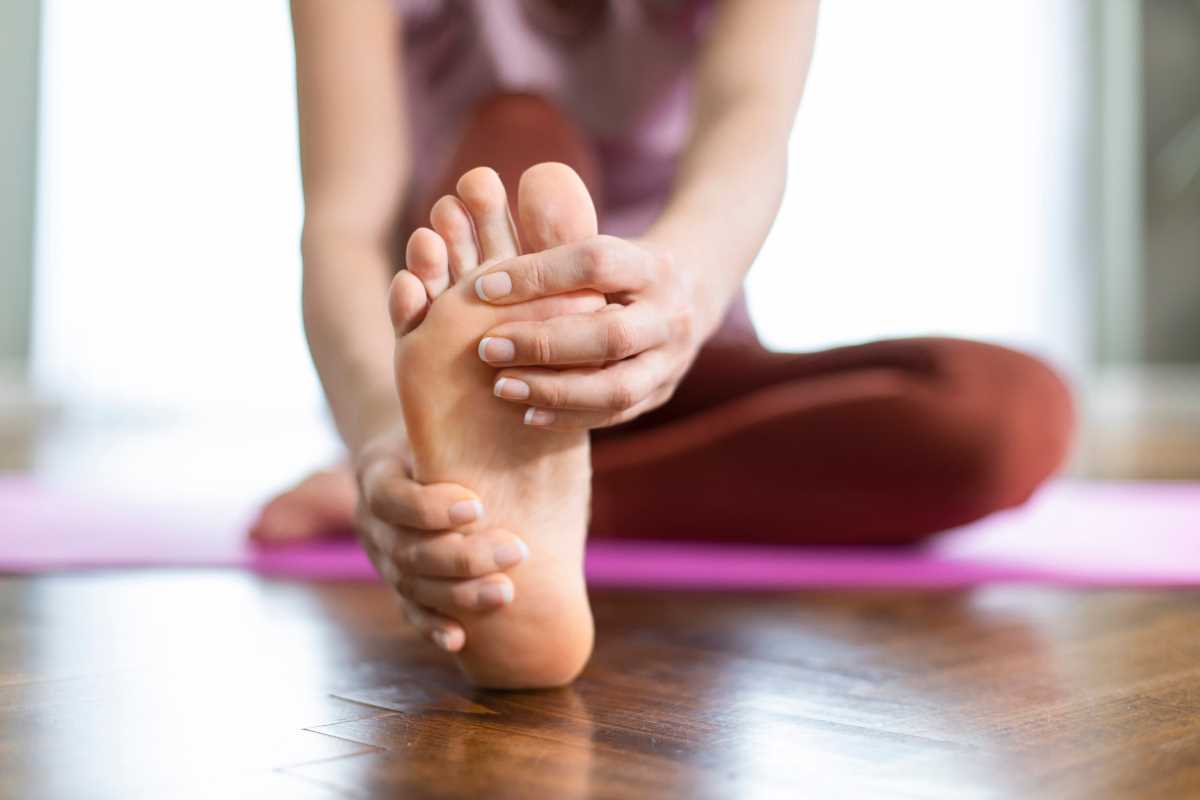Mastering the art of the high jump means constantly challenging yourself to reach new heights with every leap. There's nothing quite like the exhilaration of sailing over the bar, and maintaining this level of success demands dedication to effective training techniques. Among these, plyometric drills stand out as essential tools, significantly boosting your explosive strength and enhancing your track performance. These exercises not only improve your physical capabilities but also build confidence, allowing you to approach each jump with determination and precision. Embrace these methods, and you'll find yourself consistently achieving greater heights in your high jump endeavors.
The Science Behind Plyometrics
Plyometric exercises increase your muscle power by training your muscles to exert maximum force in short intervals. This type of training particularly benefits high jumpers who rely on explosive strength to propel themselves over the bar.
- Muscle Elasticity: Plyometrics improve the elasticity of your muscles and tendons, allowing for a more efficient transfer of energy during jumps.
- Neuromuscular Coordination: These drills enhance the communication between your nervous system and muscles, resulting in quicker and more coordinated movements.
- Fast-Twitch Muscle Fibers: Plyometric training targets fast-twitch fibers, which are essential for explosive movements like high jumping.
- Enhanced Agility: Regular plyometric workouts can increase your agility, making your movements more flexible and responsive during a jump.
Essential Plyometric Drills for High Jump
Incorporating the right drills into your training regimen is key to elevating your high jump performance. Here are some of the most effective exercises:
- Box Jumps: Stand in front of a sturdy box or platform. Jump onto the box with both feet, landing softly with knees slightly bent. Step down and repeat. This drill builds explosive leg power.
- Depth Jumps: Start by standing on a box. Step off and, upon landing, immediately jump as high as possible. This exercise improves reactive strength and power.
- Bounding: Perform exaggerated running strides, focusing on height and distance with each bound. Bounding enhances your stride length and jumping ability.
- Jump Squats: Perform a regular squat and explode upward into a jump. Land softly and repeat. This drill strengthens the quadriceps and glutes, essential for high jumping.
- Single-Leg Hops: Hop forward on one leg repeatedly. This exercise improves balance, strength, and coordination in each leg individually.
Techniques for Maximizing Plyometric Benefits
To get the most out of your plyometric training, focus on these key techniques:
- Proper Form: Maintain good posture and alignment to prevent injuries and ensure each movement is effective.
- Controlled Movements: Execute each drill with control, focusing on the quality of the movement rather than the quantity.
- Gradual Progression: Start with lower intensity drills and gradually increase the difficulty as your strength and technique improve.
- Recovery Time: Allow adequate rest between sets and workouts to let your muscles recover and rebuild.
- Consistency: Incorporate plyometric exercises regularly into your training schedule to see continuous improvements.
Common Mistakes to Avoid
Even with the best intentions, athletes often make mistakes that can hinder their progress. Here are some common errors to watch out for:
- Skipping Warm-Ups: Jumping into plyometrics without a proper warm-up increases the risk of injury.
- Poor Landing Technique: Not landing correctly can strain your joints and muscles, reducing the effectiveness of the drills.
- Overtraining: Doing too many plyometric exercises without sufficient rest can lead to fatigue and decreased performance.
- Lack of Variety: Repeating the same drills can lead to plateaus. Incorporate a variety of exercises to continue challenging your body.
- Ignoring Pain: Pushing through pain can cause serious injuries. Listen to your body and address any persistent discomfort.
Tracking Your Progress
Monitoring your improvements is essential to staying motivated and ensuring your training is effective. Here are some methods to track your progress:
- Performance Logs: Keep a detailed record of your workouts, noting the exercises, sets, reps, and how you felt during each session.
- Video Analysis: Recording your jumps and drills can help you identify areas for improvement and track your technique over time.
- Vertical Jump Tests: Regularly test your vertical jump height to measure gains in explosive power.
- Strength Assessments: Periodically assess your strength levels in key muscle groups to ensure balanced development.
- Feedback from Coaches: Seek input from coaches or trainers to gain professional insights into your progress.
Staying on top of your jump performance ensures that your training remains targeted and effective, helping you achieve your high jump goals.
Plyometric drills can significantly enhance your high jump performance. Consistent practice will elevate your jumps to new heights.
 (Image via
(Image via





